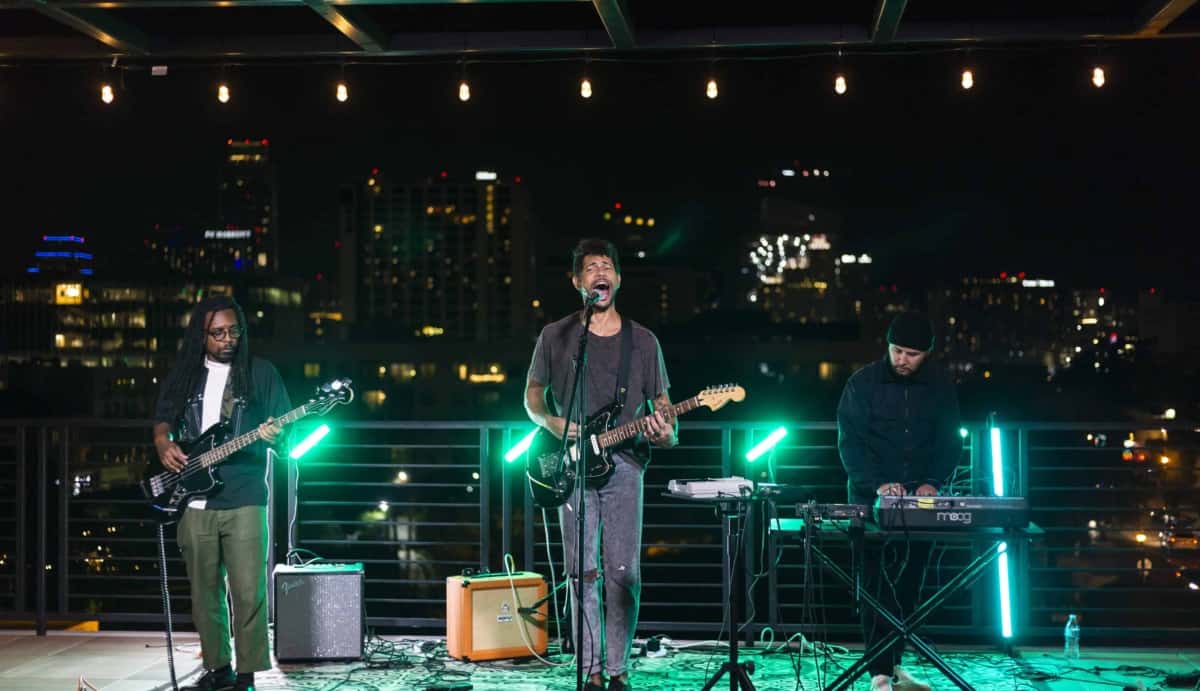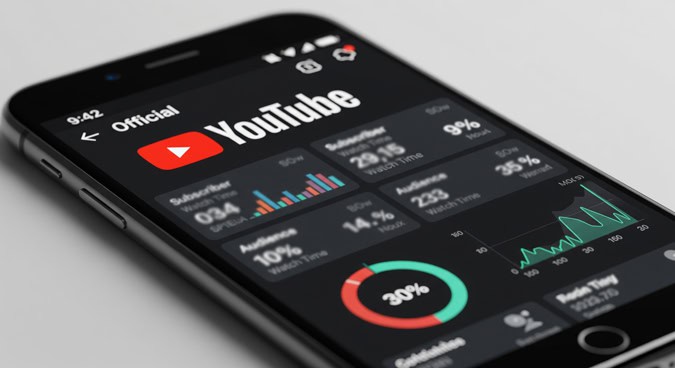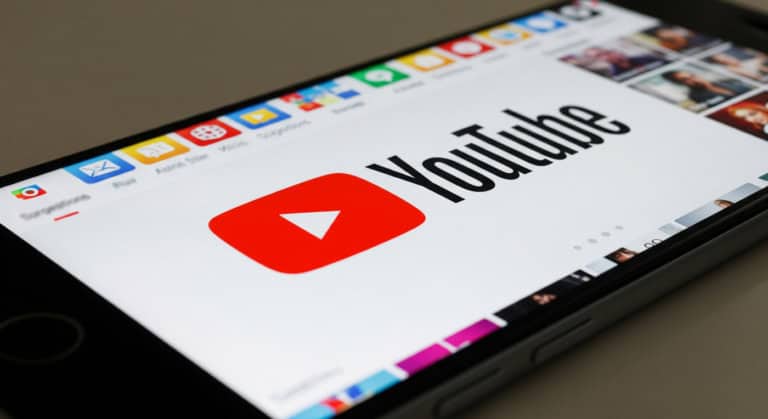The events industry has cratered in 2020. In response, a wave of events have migrated online, many for the first time. This includes concert live streams, webinars, virtual summits, online conferences, and more.
For many brands, staying in front of and connecting with new potential customers and die-hard fans is at the heart of their business. For these brands who have relied mostly on in-person activations, investing in online experiences is an opportunity to expand their reach, engage with their target audience in new ways, and extend the shelf-life of their events.
Programming aside, these are the most common marketing challenges that we see companies face when producing an event online:
Building Hype
Acquiring viewers/participants is challenging. Zoom fatigue is real. The No. 1 question people have before watching an online event is “Why should I care?” and it’s difficult to become relevant. There’s so much competition for attention, and companies with an “if I build it, they will come” mentality often fail.
Permanence And Reach
Poorly executed online events exist in a vacuum. There’s no buildup, and once the event is over, the whole production disappears into the ether. It’s hard to occupy mindshare this way. Without a plan for how to maximize the reach and engagement of the programming outside of the event itself, companies won’t realize the full value of their efforts.
Creating Multi-Dimensional Value
Particularly for events that depend on sponsorships – or events who aim to attract big-name speakers – it’s important to consider the overall footprint of the event. Isolating the impact to how many people attend the event is missing the big picture. It would be like valuing the NFL only on its ticket sales.
Using our owned-and-operated live streaming concert series, 3rd & Lamar’s Rooftop Live, we illustrate a few methods for marketing online events through their entire lifecycle.
The Buildup
Leading into an event, follow this checklist.
- Distribution
- Message
- Preparation
Distribution
Chart how you will reach your intended audience to promote the event. Think beyond your owned media (website, email, social media) channels and consider other methods of distribution. This includes tapping your speakers’ networks, collaborating with companies who are attending or sponsoring the event, media outreach, and more.
Message
Showing > telling. If you’re promoting an event series, use video from a previous event to create a promo reel to whet people’s appetite for the next event. Produce content around the upcoming programming to pique your audience’s interest. For 3rd & Lamar’s Rooftop Live, we wrote articles on DOSSEY and Urban Heat leading up to the show.
Preparation
Set in motion all of the content that you’ll need to maximize the live event and to build engagement for your programming.
For instance, Wing created PSD files so that they could quickly publish speaker quotes in real-time during their Remote Stack Summit, a virtual event on Zoom.
Austin Monthly hired us to produce their virtual concert series, Front Porch Sessions. To add to the production value, we produced commercials for the presenting sponsor, Still Austin, that appear before each show and also are used in Still’s marketing campaigns. See an example.
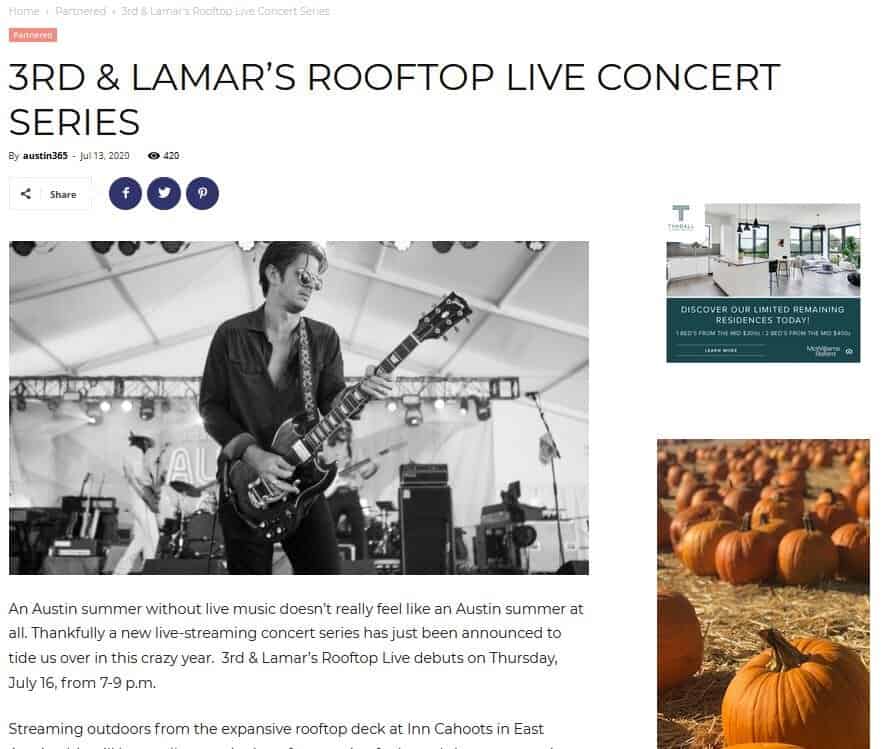
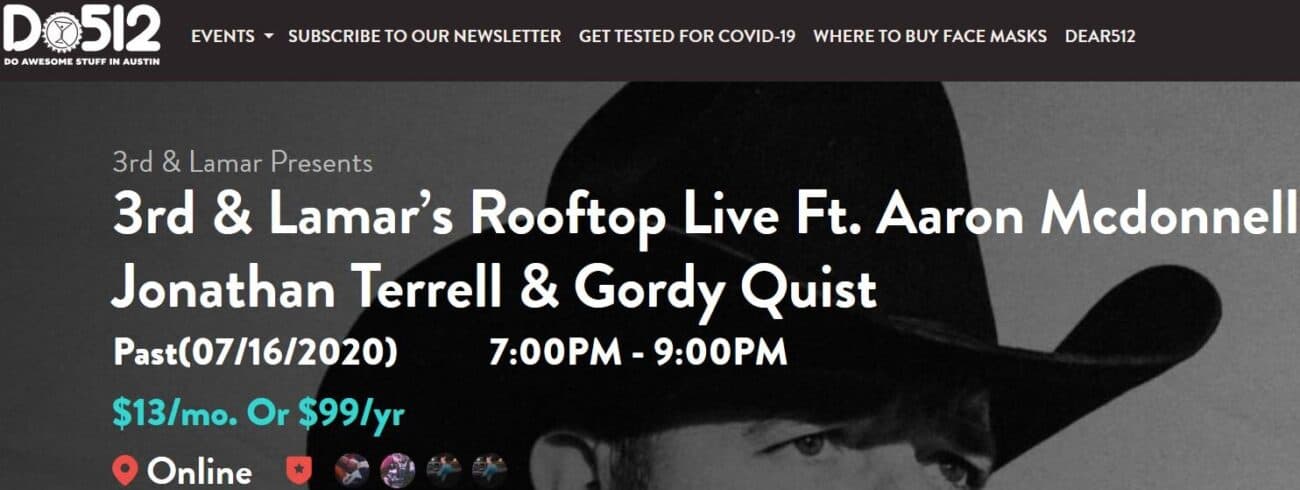
The Live Event
The biggest hook you have to drive the viewership of your event is FOMO. If people feel like they’re missing something exclusive and valuable, it will create urgency to watch. This is true if you’re streaming to Zoom, broadcasting behind a paywall, or pushing content live to social media. (Learn more about the psychology of consumer behavior here.)
With this in mind, it’s critical to have a real-time marketing strategy for the event so that your programming reaches the widest possible audience.
If your goal is to maximize viewership on social media, utilize Facebook’s crossposting feature to push your content to multiple pages simultaneously. All of the views will be traced back to your Facebook page. Also, with Restream, you can syndicate your live stream to even more destinations. Yellow Duck enables streaming to Instagram (although it can be buggy).
For some publishers looking to monetize their live streams directly, Facebook now offers a PPV feature.

The Aftermath
Post-event, consider all of the ways you can repurpose the content from the live event to generate engagement (sizzle reels, photo slideshows, recap articles, etc.).
By curating the best content and sharing it with your audience, you can extend the shelf life of the event and generate interest for future programming.
For instance, we produced this sizzle reel for Wing’s Remote Stack Summit using footage and tweets from their Zoom stream.
Also, you can take soundbites from your events and turn them into videos that you can share on social media. This is an example from recruitAbility’s “Nothing’s Sacred” podcast, which we produce. Headliner is a helpful software to do this.
Earned Media
Earned media is any material written about you or your business that you haven’t paid for or produced yourself. Maximizing the earned media that your brand receives is important. Find the people evangelizing for you and thank them.
Measurement
How do you gauge the impact of your event? Here are some of the ways you can quantify the value that you’re creating.
- Google Trends: Use this free tool to measure the relative search volume (which is a proxy for interest) around your brand before, during, and after the event.
- Impressions: Sum the total impressions for your event-related content across all channels (website + social media). Do not limit the total to the live event itself. That’s only part of the story.
- Viewership: Whether it’s live viewers on social media or registrations for a Zoom event, use this number to measure how effective your pre-event hype was.
- Sentiment analysis: Certain tools like Talkwalker or Hootsuite allow brands to track sentiment so you can gauge if your brand mentions are net-positive or net-negative. These insights can be valuable.
- Google Analytics: Understanding the source of site visitors can reveal a lot about your marketing. Ideally, you’ll see a lift in visitors from non-paid channels around the time of your live event, and it’s a good sign if your bounce rate is low.
- Other: We list some free tools here that can help measure and marketing events.
Need help streaming or marketing your online event? Contact us for a free consultation at [email protected].

